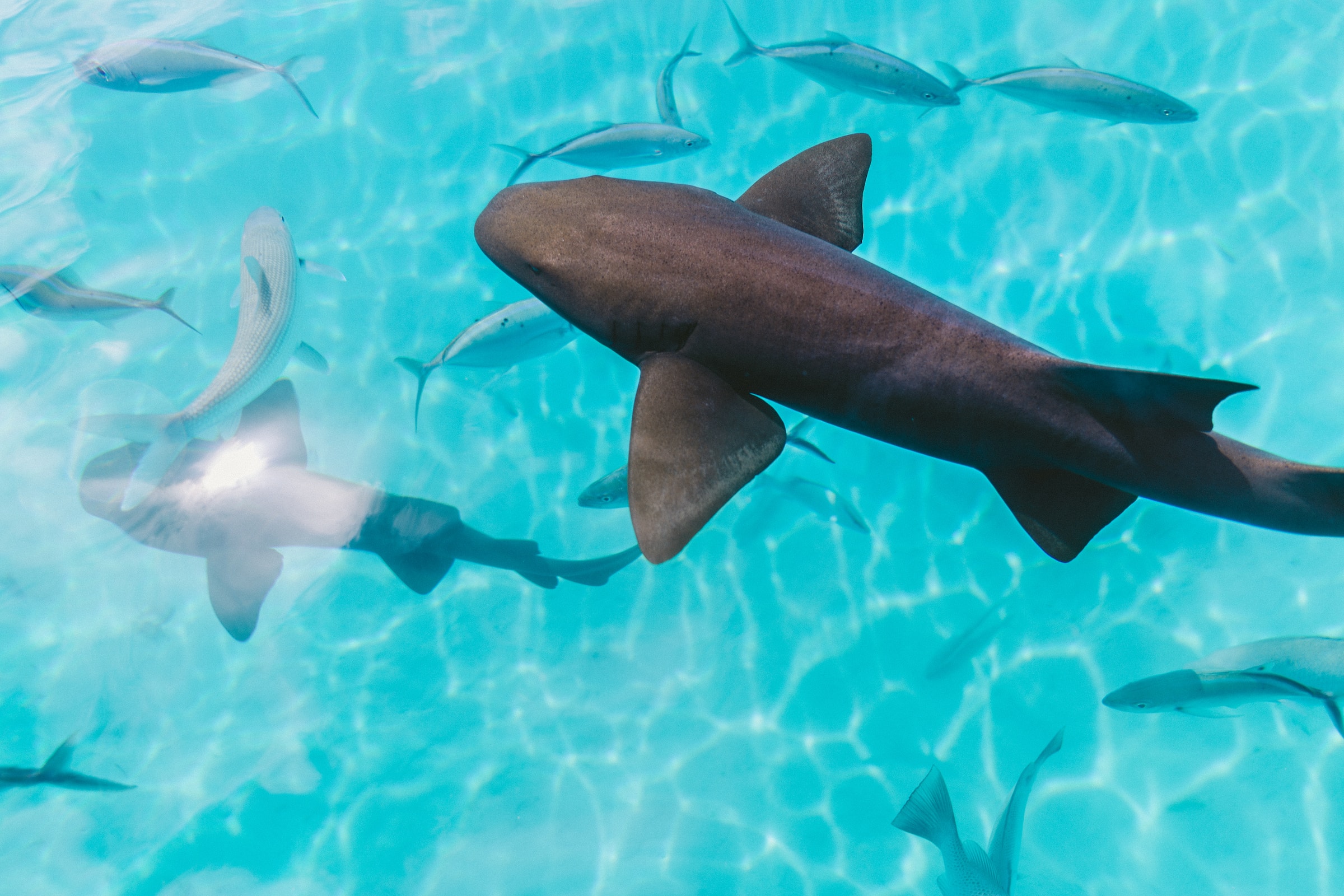Recent studies have unveiled the unpredictability and complexity of marine heatwaves and their effects on oceanic communities. Although all marine heatwaves are unique, the common thread that binds them is their potential to unsettle marine environments. This ripple effect disturbs not only marine life but also coastal communities and their economies.
Research Bridges the Gap
A groundbreaking study, backed by the Climate Program Office (CPO), has shone a light on this intricate relationship. Utilizing advanced modeling techniques and observational data, the research zeroes in on fourteen predator species in the Northeastern Pacific. Spearheading this study are CPO-affiliated scientists Stephanie Brodie of UC Santa Cruz and Steven Bograd of NOAA’s Southwest Fisheries Science Center. Collaborating with an extensive team from NOAA and several U.S. academic bodies, they embarked on a journey to fill in the gaps of our understanding about marine heatwaves’ impacts on marine life.
Species Under the Microscope
The species under examination, which include certain types of sharks, seals, birds, and fish, hold significant ecological, cultural, and commercial value. Through this research, scientists have been able to model the effects of four marine heatwaves that occurred in 2014, 2015, 2019, and 2020 on these species. As documented in the renowned journal Nature Communications, the findings are far from uniform. Some species saw their habitats diminish significantly, while others observed them double. Additionally, certain habitats shifted across political boundaries, leading to intricate bio-geographical issues. A prime example of this is the notable 31% shift in the habitat of three prominent tuna species from Mexico to the US. Such temporary changes require meticulous management to ensure sustainability and prevent over-exploitation.

Ocean dwellers have no political boundaries
Introducing the “Top Predator Watch”
One of the key outcomes of this research is the development of the ‘Top Predator Watch’. This tool, which is updated daily, offers a visual representation predicting species locations and their population density on the west coast. This innovative tool aims to equip resource managers with real-time data, enabling them to address challenges presented by marine heatwaves as they unfold.
Looking Ahead
While this study offers invaluable insights into the current state of marine life in relation to heatwaves, the authors emphasize the importance of looking forward. The next phase of this initiative will focus on forecasting the distribution of these oceanic species in the wake of anticipated future events. Only with such foresight can we hope to navigate the uncertain waters that lie ahead.
©globalgreenhouse.eu

